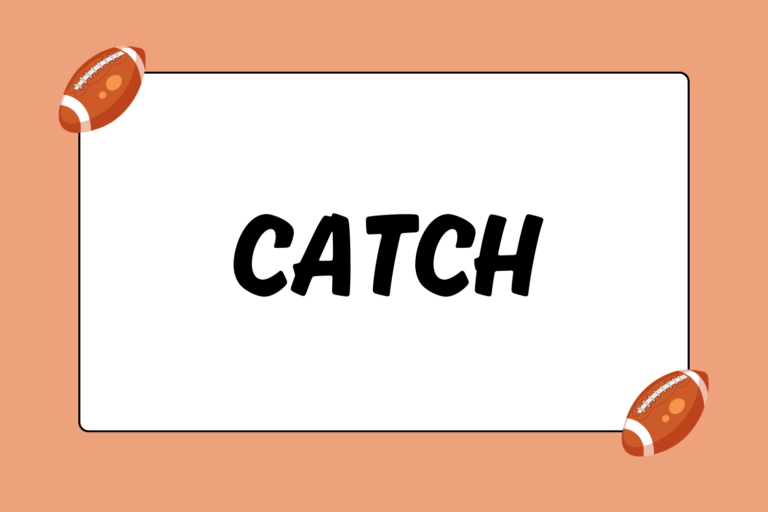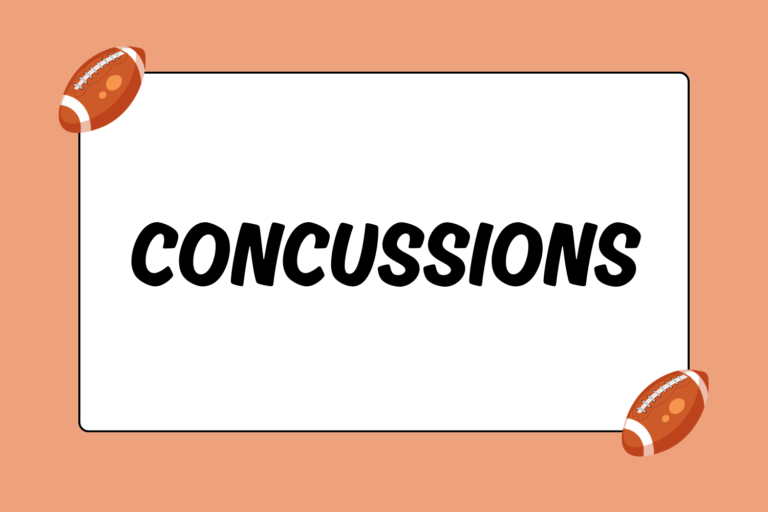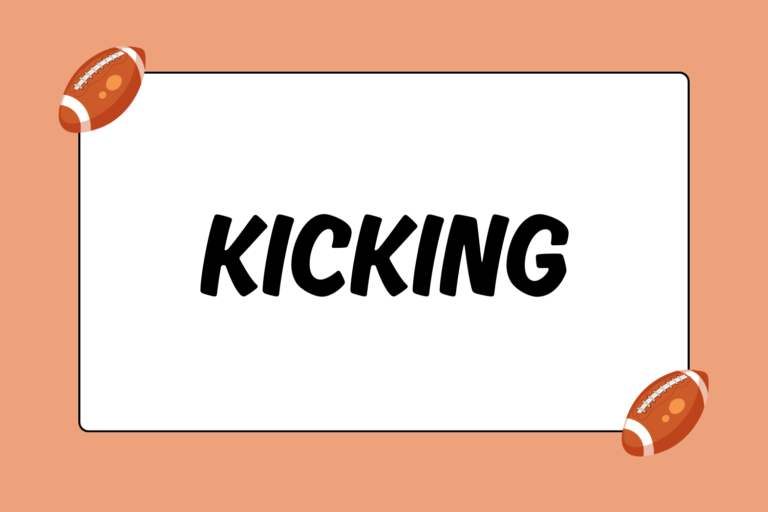Football, like all sports, has a set of rules that clearly draws a line between acceptable and unacceptable conduct. These rules are designed with several goals in mind, but the primary objective is to keep participants safe and to provide structure to the game itself. Because football is extremely physical, extra effort is spent on creating rules that specifically reinforce player safety.
That being said, rules are occasionally broken and the guilty party must accept the consequence of such an infraction. For every rule that is broken, there is also a predetermined consequence. The consequence depends on the type and severity of the infraction. This guide features some of the more common football fouls, and explains how penalties impact the game.
Offensive Fouls
Offensive players operate under a much stricter set of rules than defensive players, especially before the snap. One of the most common fouls that an offensive player can commit is a false start. False starts occur when an offensive player (who’s not in motion) moves before the ball is snapped.
While it’s true that non-motion players can move slightly before a play starts — when linemen point out something on the defense, or when players shift after the quarterback calls an audible — all non-motion players must be frozen for at least one second prior to the ball being snapped. The play is whistled dead after a false start call, and the offense moves five yards back from the previous spot.
Some other common offensive fouls include:
- Holding: Though it can also be called on a defensive player, holding is much more likely to be an offensive foul. Holding is called any time an offensive player illegally grabs an opposing player, usually by grabbing them from behind or pulling them to the ground. It results in a 10-yard penalty and repeat of the down.
- Delay of game: This occurs when the play clock expires before the ball is snapped. It results in a 5-yard penalty.
While there are many other penalties that can be called on an offensive player, these are definitely among the most common.
Hot Tip: Fouls vs. Penalties
Though an infraction is commonly referred to as a “penalty,” the correct term to use when a player breaks a rule is “foul.” The penalty is the consequence attached to a particular foul, not the foul itself.
Defensive Fouls
While defensive players have more freedom in regards to penalties, there are still plenty of rules that dictate legal and illegal conduct. These rules range from determining proper pre-snap conduct to assessing the legality of a tackle.
One of the most common pre-snap defensive fouls is offsides, which happens when a defensive player is judged to have been in the neutral zone or across the line of scrimmage (LOS) before the ball is snapped. Defensive players are allowed to move around before the ball is snapped, so they try to time their initial advance into the offensive side of the field at the exact moment that the ball is snapped. Sometimes, however, they jump a bit too early and a foul is called, resulting in a 5-yard penalty.
Other common defensive fouls include:
- Encroachment: Very similar to offsides, encroachment occurs when a defensive player moves offsides and either touches an offensive player or has an unblocked path to the quarterback. Unlike with an offsides foul, the officials whistle the play dead after an encroachment foul, especially when the defender who committed the foul would have otherwise put a very hard hit on the QB. It results in a 5-yard penalty.
- Pass interference: When a defensive player is covering a receiver, the rules prohibit the defender from obstructing the receiver’s attempt at catching the ball. When the defender does obstruct that opportunity, he is called for pass interference. The consequence of the penalty differs from league to league, ranging from 15 yards and an automatic first down to a first down at the spot of the foul.
Much like holding can be called on both offensive and defensive players, an offensive player can also be called for pass interference. However, it’s much more likely that a defensive player will be called for interference.
Mental Edge:
At some levels of the game, it’s perfectly legal for a defender to briefly cross into the neutral zone and get back onsides before the ball is snapped. However, when the defender fails to get back onsides before the play commences, a foul will be called (unlike with an offensive false start). In such situations, the play isn’t automatically whistled dead for an offsides call. Instead, the offense has a chance to run a “free play,” because they can decline the penalty and take the yardage gained on the play (or accept the penalty if the play works against them – like a turnover or sack).
Penalty Categories
The rules committee approaches rule-making a specific mentality: Make the punishment fit the crime. The consequence of a particular foul fluctuates, depending on its severity. Here’s a basic breakdown of the three different penalty categories:
- 5-yard penalty: Awarded for minor infractions, such as illegal motion or offsides.
- 10-yard penalty: Awarded for moderate infractions, such as holding or pass interference.
- 15-yard penalty: Awarded for severe infractions, such as unnecessary roughness or a late hit.
There’s also the possibility that the foul will result in either an automatic first down (defensive foul) or a loss of down (offensive foul).
Know Them to Avoid Them
Learning about fouls and penalties helps players understand what sort of conduct is considered acceptable and safe. It’s possible to play penalty-free football, although such games are rare. The best way to learn about legal and illegal conduct is by playing — because after all, practice makes perfect.





